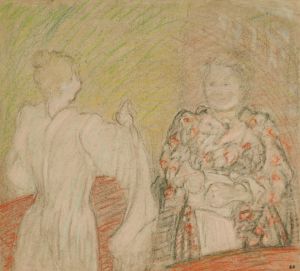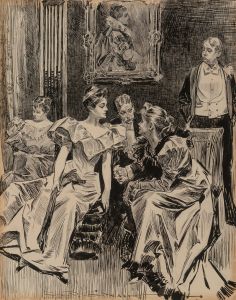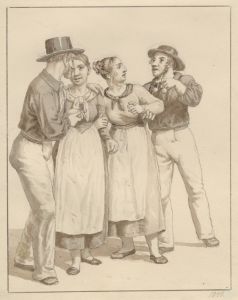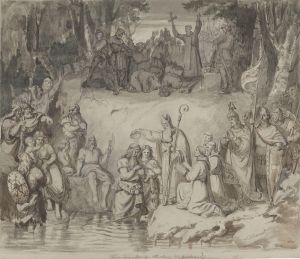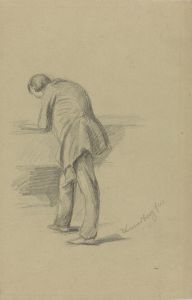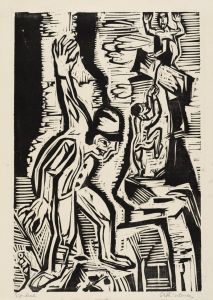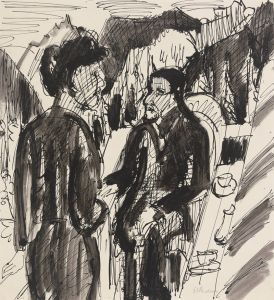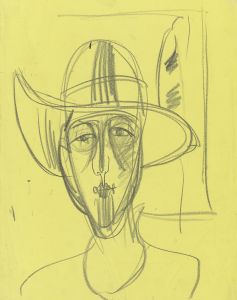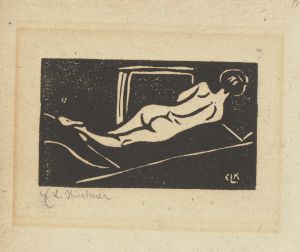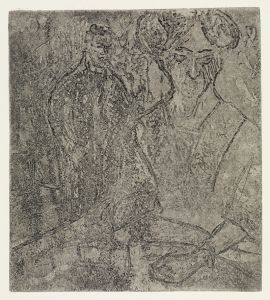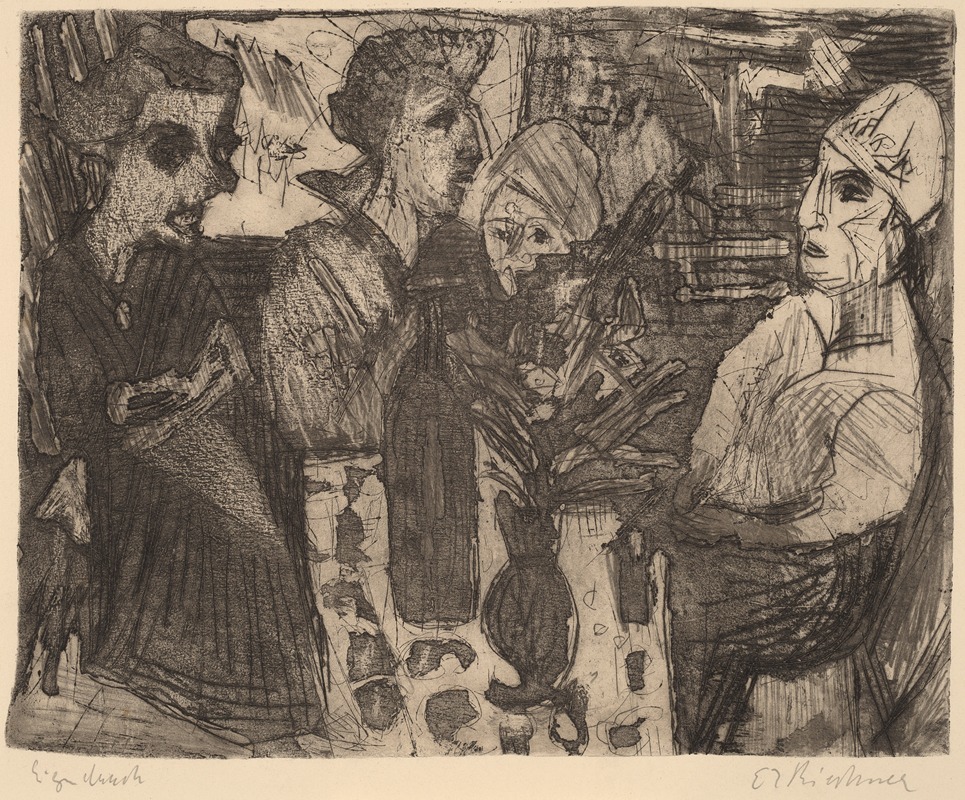
Women at a Table in a Room
A hand-painted replica of Ernst Ludwig Kirchner’s masterpiece Women at a Table in a Room, meticulously crafted by professional artists to capture the true essence of the original. Each piece is created with museum-quality canvas and rare mineral pigments, carefully painted by experienced artists with delicate brushstrokes and rich, layered colors to perfectly recreate the texture of the original artwork. Unlike machine-printed reproductions, this hand-painted version brings the painting to life, infused with the artist’s emotions and skill in every stroke. Whether for personal collection or home decoration, it instantly elevates the artistic atmosphere of any space.
Ernst Ludwig Kirchner was a prominent German expressionist painter and one of the founding members of the artist group Die Brücke (The Bridge), which played a pivotal role in the development of modern art in the early 20th century. Kirchner's work is characterized by its bold use of color, dynamic compositions, and emotive subject matter, often reflecting the social and cultural changes of his time.
"Women at a Table in a Room" is one of Kirchner's paintings that exemplifies his unique style and thematic interests. Although specific details about this particular painting are not extensively documented, it can be understood within the broader context of Kirchner's oeuvre and the expressionist movement.
Kirchner often depicted scenes of urban life, capturing the vibrancy and tension of modern society. His works frequently feature figures in interior settings, exploring themes of isolation, intimacy, and the complexities of human relationships. The title "Women at a Table in a Room" suggests a domestic or social scene, a common subject in Kirchner's work, where he often portrayed women in various roles and settings.
In Kirchner's paintings, women are depicted with a sense of individuality and presence, often serving as focal points within the composition. His portrayal of women reflects both the changing roles of women in society during the early 20th century and his personal fascination with the female form. The use of bold, expressive brushstrokes and vibrant colors in his work conveys a sense of immediacy and emotional intensity, drawing viewers into the scene.
Kirchner's style was heavily influenced by non-European art forms, particularly African and Oceanic art, which he encountered through ethnographic museums and collections. This influence is evident in his use of simplified forms, exaggerated features, and a focus on the expressive potential of line and color. These elements combine to create a sense of movement and energy in his paintings, capturing the dynamic nature of modern life.
The setting of "Women at a Table in a Room" likely reflects Kirchner's interest in the interplay between individuals and their environments. Interiors in his work often serve as a backdrop for exploring psychological and emotional states, with the arrangement of figures and objects contributing to the overall mood of the piece. The composition may also reflect Kirchner's interest in the tension between public and private spaces, a theme that recurs throughout his work.
Kirchner's contribution to the expressionist movement and modern art is significant. His work challenged traditional artistic conventions and sought to capture the essence of contemporary life through innovative techniques and perspectives. Despite facing personal and professional challenges, including the impact of World War I and his struggles with mental health, Kirchner's legacy endures through his vibrant and thought-provoking body of work.
While specific information about "Women at a Table in a Room" is limited, understanding Kirchner's broader artistic context provides insight into the themes and techniques that characterize this painting. His exploration of color, form, and human experience continues to resonate with audiences, affirming his place as a key figure in the history of modern art.





